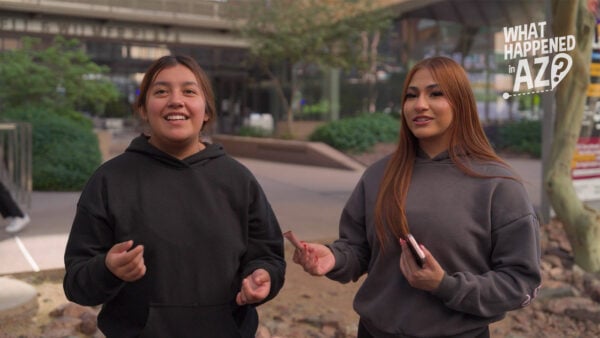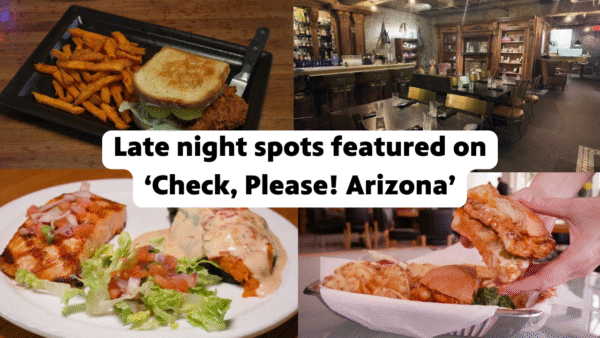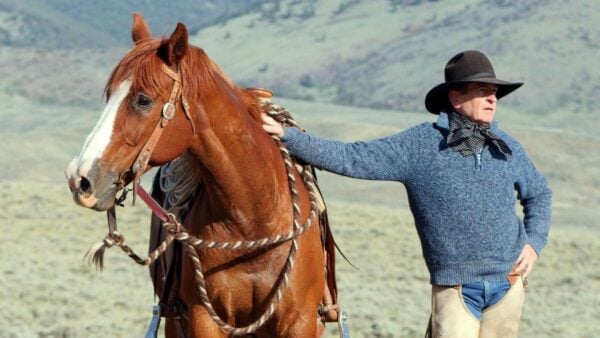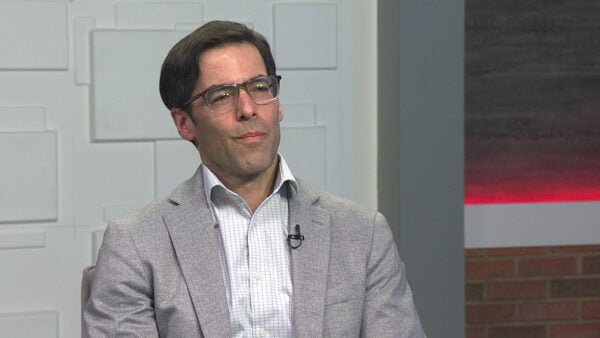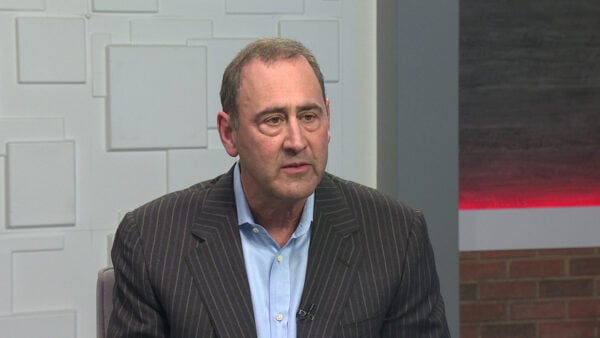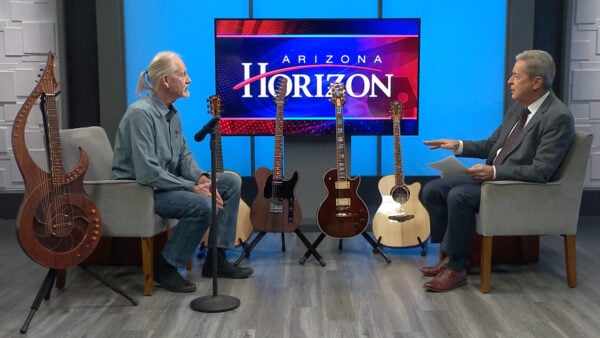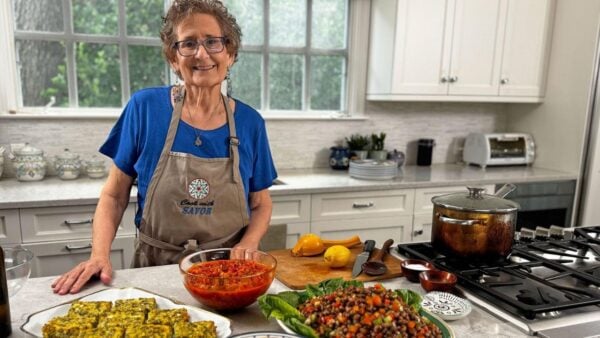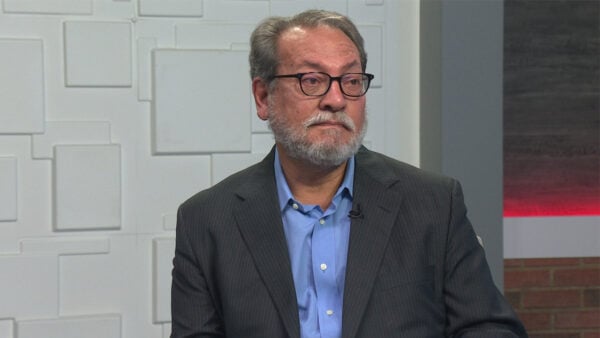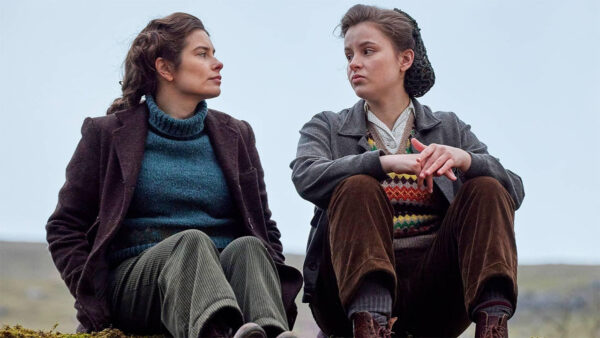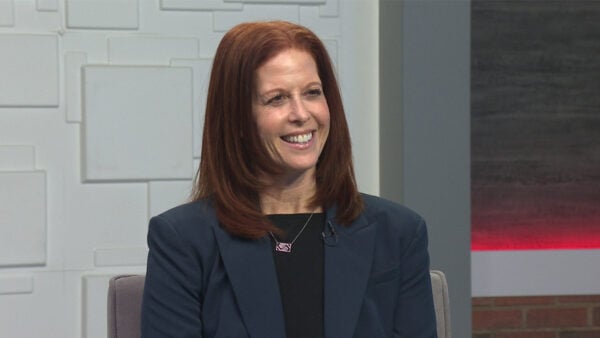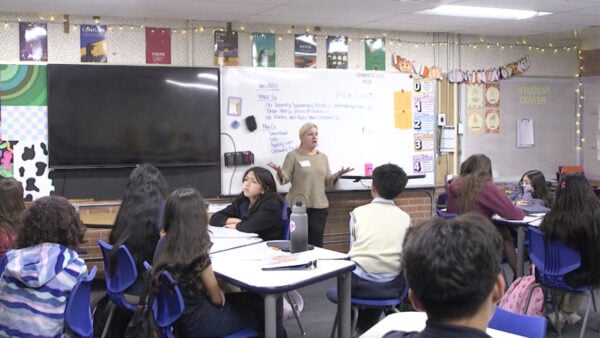
Tips for teachers by teachers: How to build safe spaces in distance learning
Aug. 6, 2020
As teachers, we need to build learning communities that include all students and provide a safe space for them to succeed.
By Kasey Spencer
At-Home Learning | Summer Edition is an early childhood education resource (for ages 2-8) providing families, educators and community partners with at-home learning activities, guides, and expert advice.
In our ever-changing world, students are taking on new challenges in education: to be flexible and adaptable, to expect the unexpected and to navigate independent learning and distance learning. In the blink of an eye, students from kindergarten to college — and their teachers — packed their backpacks and headed home for the rest of the 2019-2020 school year. At first, many students cheered as they left for an early spring break. After settling in, we quickly realized learning at home was harder than we imagined. Flash-forward four months and we yearn to go back to the classroom to work collaboratively, play on playgrounds and eat lunch together. Our school communities naturally come together every year, but as we look ahead, teachers are concerned about how to create and maintain a safe and effective community where students will thrive in a distance learning environment.
Although technology affords us the opportunity to stay connected, the downsides of not meeting physically can be devastating for education. As educators and parents, we need to be more intentional in building communities that connect us with our students — and connect our students to one another. When students and teachers meet face to face, teachers see student reactions to learning and readjust lessons when they show confusion. Unfortunately, going virtual even only part-time changes classroom interactions. In order to create equitable learning experiences in our classrooms, teachers have a responsibility to build a learning community that includes all students and provides a safe space for students to succeed.
At the beginning of each year, teachers typically take a few days to build a learning community through engaging activities. More than ever, creating relationships will support students in this time of uncertainty and change. Since teachers will navigate a variety of learning spaces, here are a few strategies teachers can use to build a community in a blended learning environment, including asynchronous and synchronous learning.
Creating Relevant Content
- Introductory video. Before the first day of school, teachers send an introductory email with a video that welcomes students to class. Teachers can share summer activities and/or what they are looking forward to for the school year. Students are nervous about the school year too, so seeing their teacher and hearing their voice can comfort students’ fears of coming back. After sending a video, teachers can encourage students and parents to respond with a video of their own. They can email it or post it in a community space for the class to meet each other. See flipgrid.com for ways to interact through video.
- Google Slides introductions. Teachers share a presentation with a collage of personal interests and background information through text, pictures and videos on one slide as a model for students to create their own. During the first week of school, students can add their slide to connect with the class community. Students now have an opportunity to share their experiences and backgrounds, while providing content for teachers to use throughout the school year. Teachers can build on the slides throughout the year by asking students to share information in class ice breakers, use the information to write poetry and/or guiding students on how to draw connections in lessons of history and literature. Teachers can also use the information to organize groups based on common interests and help students build relationships with those who have different backgrounds and interests. Through these activities, teachers are creating a safe space for all learners to engage with content, value diversity and demonstrate compassion for others.
- Share tangible objects. In a synchronous meeting, students can still “show and tell.” Give students opportunities to ask questions and make connections with one another as they share significant objects. Like the collage activity, teachers can support the community by engaging students in activities throughout the year using these objects.
Creating Routines
Creating classroom routines is not a new concept but it will look different in a virtual space. Whether teachers meet students in a classroom or web conference, or if students log on to work independently, students need to know what to expect in those spaces. Providing a consistent structure and a curiosity for learning.
In live meetings (classroom or online) greet students as they enter. Playing music or a video can set the tone and welcome students. Involve students in music choices to make connections. Great each student as they enter the “room.”
- For younger students, Pear Deck (peardeck.com) provides interactive slides embedded in lessons to encourage socio-emotional learning and connectivity to content. For older students, a quick poll (PollEverywhere.com) builds a social presence in the space.
- Checking for understanding throughout the lesson will keep students engaged. Use the chat box in meetings (Zoom, Google Meet, Microsoft Teams, etc.) to collect responses to questions that require reflection and/or insight. With cameras, students can give a thumbs up/thumbs down or use a one to five scale to hold up numbers for understanding.
- Designate student leaders to help monitor activities in a live lesson. Student leaders can help navigate the online chat box (i.e. alert teacher with the questions or make sure other students are on task), they can take attendance or help lead an activity.)
- At the end of the lesson, teachers can create a Google Form to collect responses. Responses can range from a simple, “Today, I learned ________,” to asking students to “share 3 key ideas, 2 questions, and a 1 sentence summary of today’s lesson.”
Technology resources are available to engage all learners and to build communities in ways we hadn’t imagined before. Embrace one or two things this year to connect all learners, be consistent in these practices, and partner with parents to encourage students to grow as leaders who demonstrate compassion towards others and value diversity.
Kasey Spencer is an English teacher at Oxford Academy, with over two decades of experience in her field. Her work ethic and dedication to challenging students to discover their voice through writing resulted in her being named the 2016 Anaheim Union High School District Teacher of the Year. In addition to teaching, she also serves as an EdTech Coach and most recently has been instrumental in the academic development and online education training of teachers at Cambridge Virtual Academy, an all-online institution serving students from 7th-12th grade.
This article was originally published on PBS SoCal’s At-Home Learning initiative.
